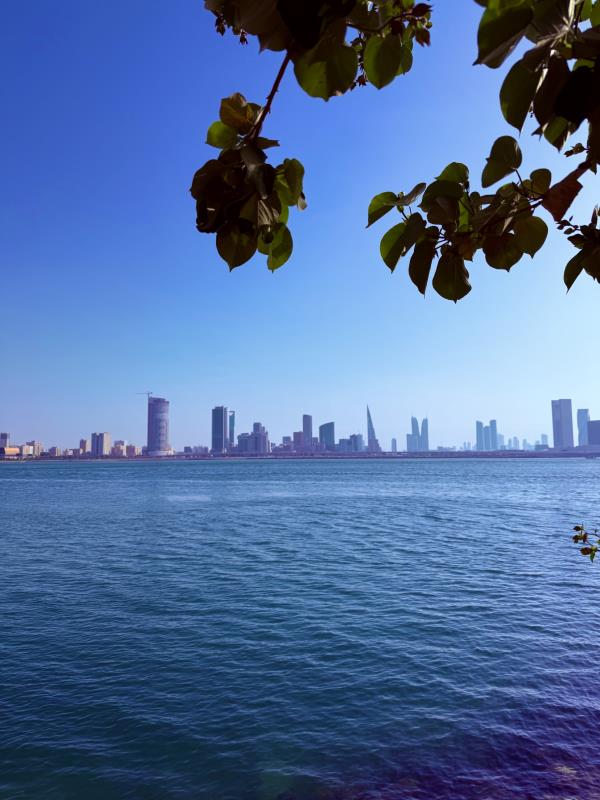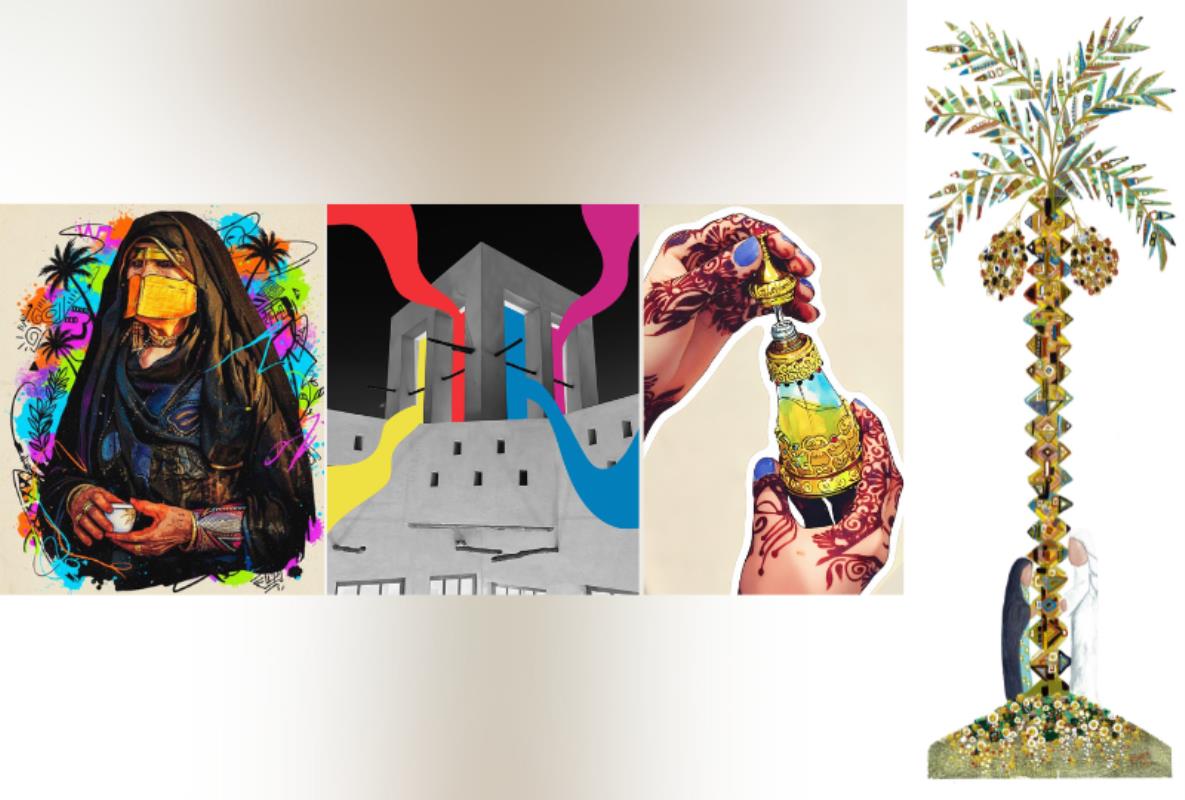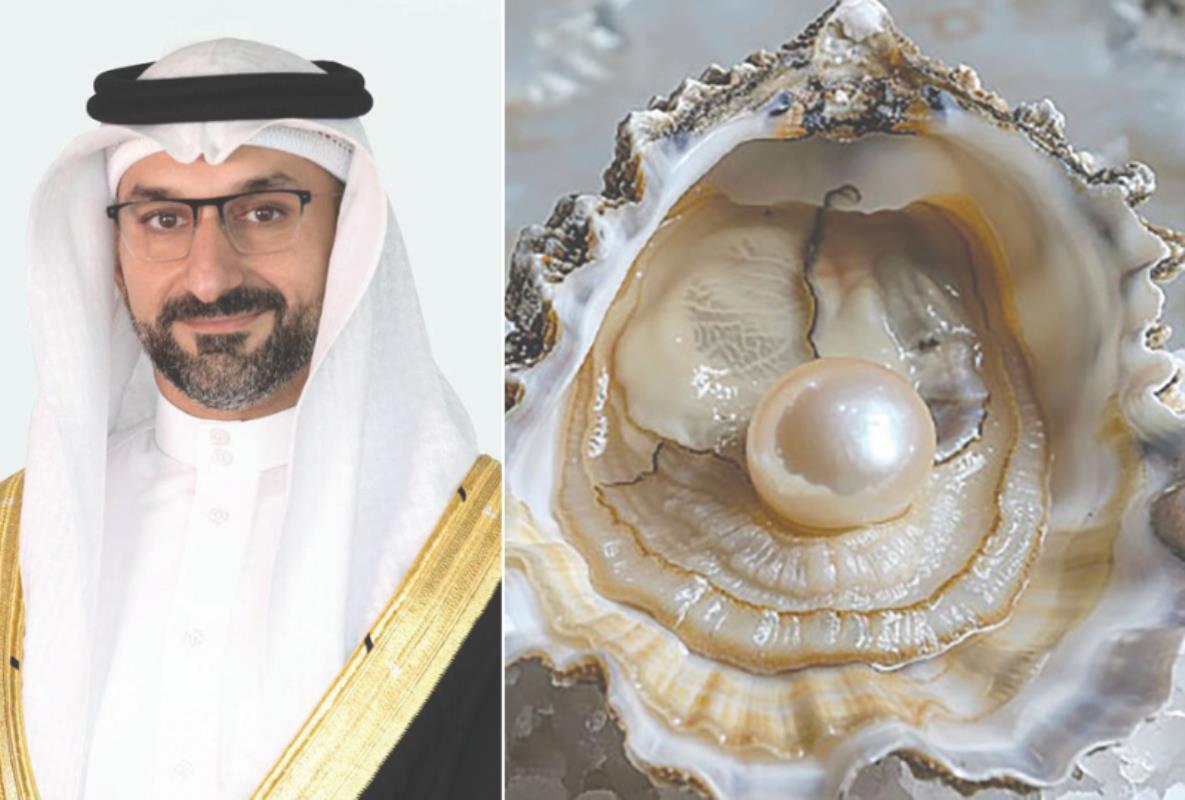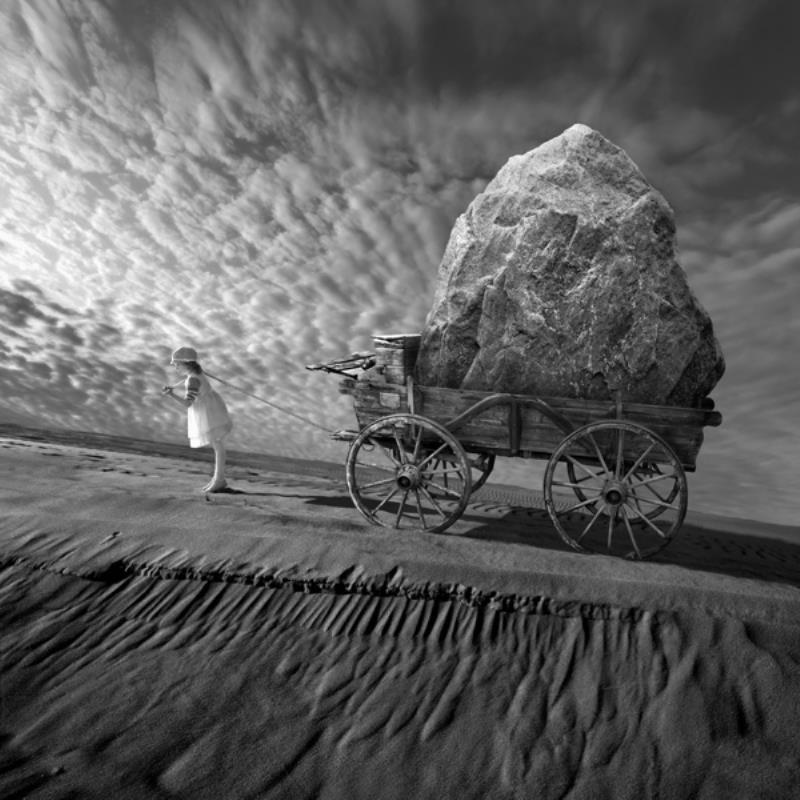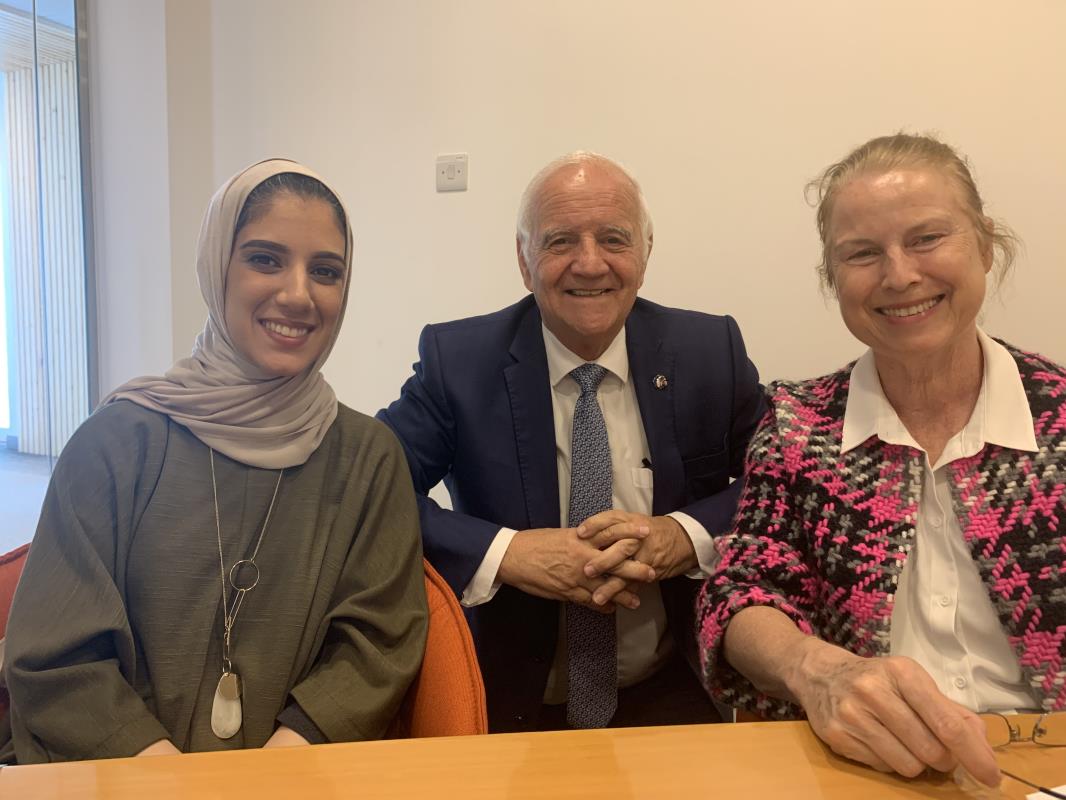I wrote this article to be posted on Nov 13th to commemorate the Jayanti (birth anniversary) of one of the greatest emperors in Indian history, Sher-E-Punjab Maharaja Ranjit Singh (1780 - 1839 C.E.), but was unable to complete it in time. I suppose any day is a good day to remember a great hero.
Maharaja Ranjit Singh was a rather unattractive man with pock marked face caused by small pox infection during his infancy. Never schooled, he did not learn to read or write anything beyond the Gurmukhi alphabet.
Yet Maharaja Ranjit Singh ji built up a great Sikh empire. Which begs the question, 'How was Maharaja Ranjit Singh able to achieve this remarkable feat?'
preprocess
The Maharaja was trained at home in horse riding, musketry and other martial arts in which he excelled. He participated in his first battle at age 10 fighting alongside his father the head of the Sukerchakia Misl. At age 12 his father died and he inherited his father's estates. Married at age 15, then with the help of his astute mother in law his teenage years were spent in uniting Punjabis and together fighting to expel the Afghan invaders. By a series of battles and marriage alliances he was able to successfully unite the disparate and quarrelling Sikh Misls (confederacies) into a kingdom and built an empire that covered Punjab, Kashmir, Ladakh and the entire North West of the Indian Sub continent which included large parts of present day Afghanistan.
A sense of nobility coupled with an astute political sense infused with tremendous courage and fortitude, Maharaja Ranjit Singh was able to lead his people both in war and peace.

A devout Sikh, whose empire embraced people of all faiths. He surrounded himself with wise, smart and competent people, irrespective of their religion. His court, administration and army had an equal number of Sikhs, Hindus and Muslims. His finance minister was a Hindu Brahmin, his Prime Minister was a Dogra, his foreign minister a Muslim.
He was served by legendary military leaders in their own right like Hari Singh Nalwa, Dewan Mokam Chand, Veer Singh Dhillon, etc.
Maharaja Ranjit Singh recognised that the Europeans were militarily successful because of their methods of warfare. Modern European weaponry and training made it possible for inferior men with less courage to be so dangerously effective on the battlefield. He foresaw the great potential of this in the hands of the fearless Punjabi and Dogra warriors.
He successfully built a modern army, with the help of a large number of European officers recruited to incorporate and establish the latest techniques of warfare in his empire.
Though he recruited European officers he ensured they followed the strict code of conduct, for his soldiers and officers, no beef, no smoking, no alcohol, and keep long hair and beards. Unfortunately the Maharaja himself fell victim to alcoholism and opium addiction in his later years.
Respecting the sensitivities of the majority of his people Maharaja Ranjit Singh banned cow slaughter in his empire.
These are his actions, but at the root of all this is the character of Maharaja Ranjit Singh and the values he inculcated across his empire. Guided by the teachings of the Sikh Gurus he sought to spread universal brotherhood and dignity, nobility in thought and action. The teachings of the 10th Guru, Shri Guru Gobind Singh ji, particularly had a profound impact on Maharaja Ranjit Singh. To defend and protect oneself, one's dependents the weak and defenceless, to fight tyranny and oppression, is a matter of duty for a Sikh and a Khalsa.
His empire expanded by a series of unifications and eliminating the threat from domestic challengers and foreigners once and for all by taking the fight to them and subjugating them.

In many ways Maharaja Ranjit Singh was to Sikh history what Chhatrapati Shivaji was to Marathas, his reign was a golden era and the establishment of a mighty Sikh empire. A great warrior, an equally able and wise ruler, his rule fuelled a renaissance of Punjabi culture and art.
From the great wealth he amassed he took up many public and religious works, building temples, rest houses for pilgrims and patronised Sufi shrines. He also built the famous gurdwaras Takht Sri Patna Sahib, and Hazur Sahib Nanded, in honour of Guru Gobind Singh, both of which are considered among the Panch Takth.
He donated a tonne of gold each to cover the domes of Kashi Vishwanath temple at Benares and Shri Harmandir Sahib at Amritsar which is inappropriately also known as the 'Golden Temple'.
While rich and splendid this act is a disservice, to humanity. It works against the tenets and teachings of the Sikh Gurus, for spiritual liberation lies in humility and simplicity not in grandeur and arrogant pomp.
preprocess

He gained possession of the [Koh-i-Noor](https://www.worldhistory.org/Koh-i-Noor/) (Mountain of light) diamond from Shuja Shah Durrani of Afghanistan, which he bequeathed to Jagannath Temple in Puri, Odisha in 1839.
Unfortunately the wily British East India Company was able to snatch the diamond from Maharaja Ranjit Singh's 10 year old descendent Duleep Singh and present it to Queen Victoria who had it embedded in the British Crown.
Tributes to Maharaja Ranjit Singh, a great emperor.

















































